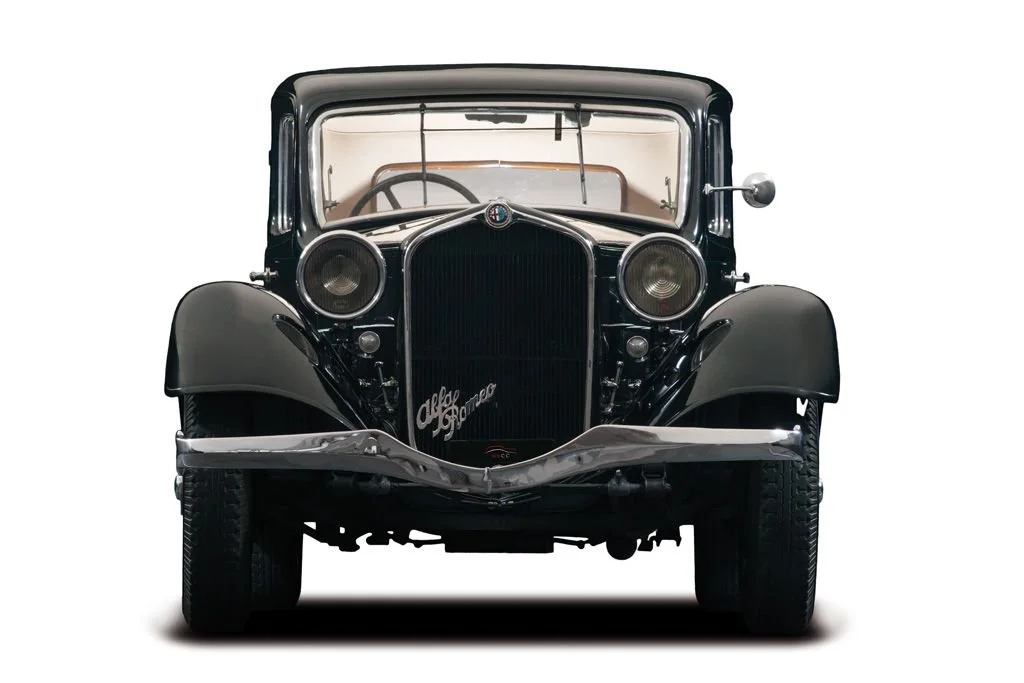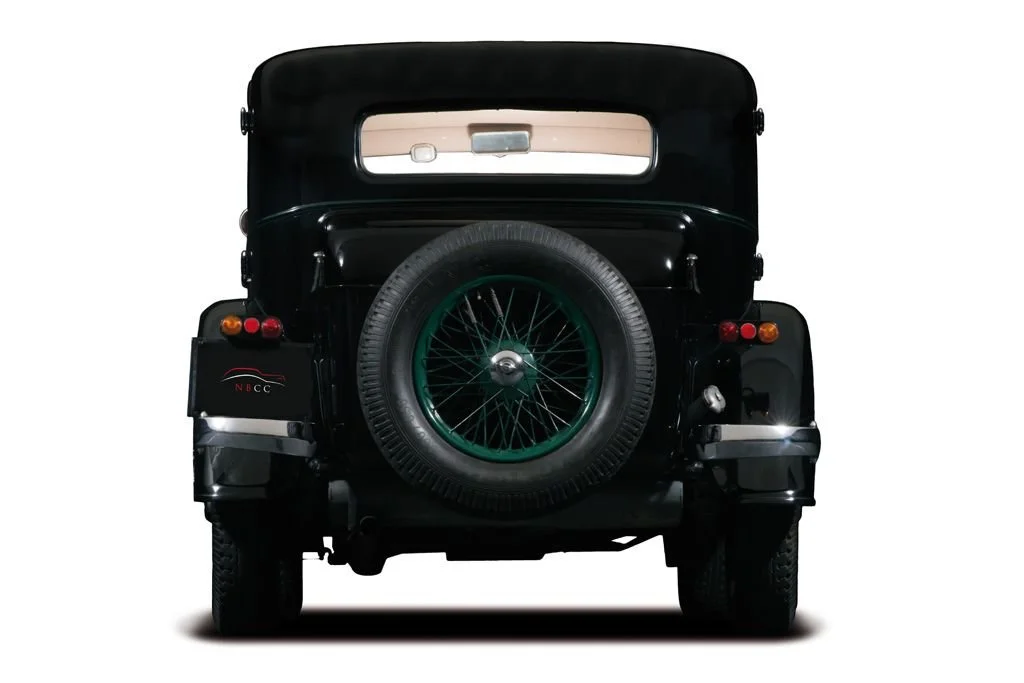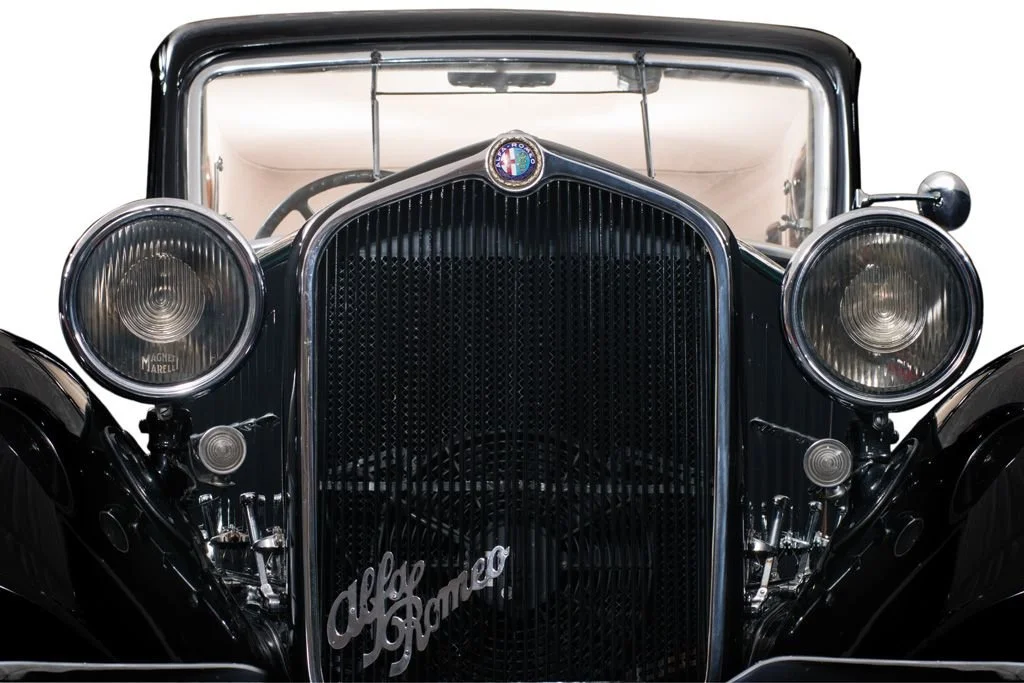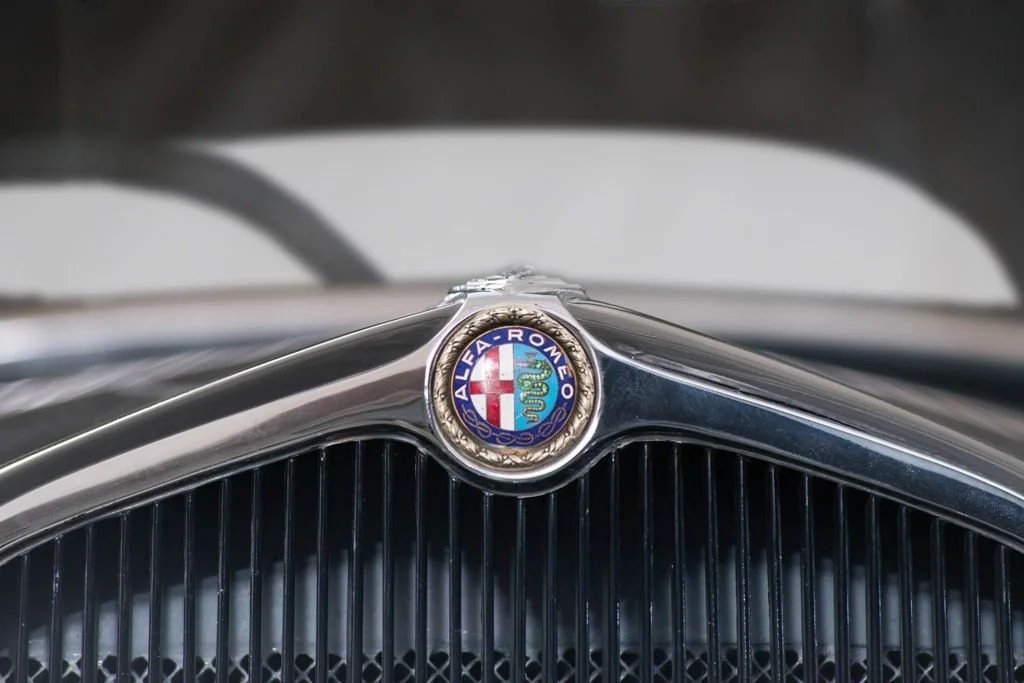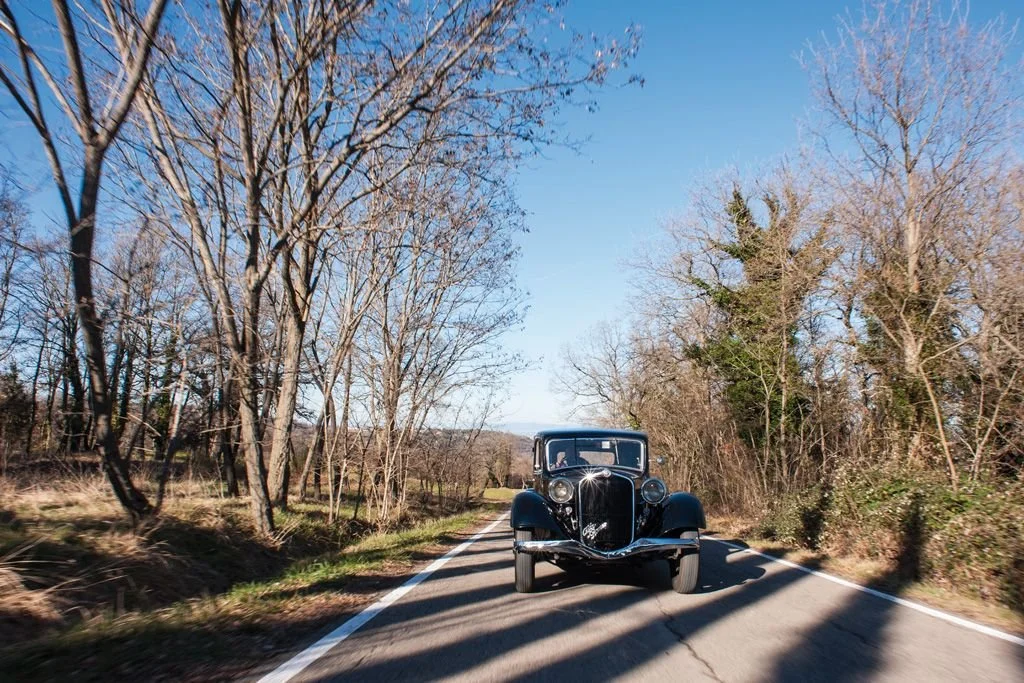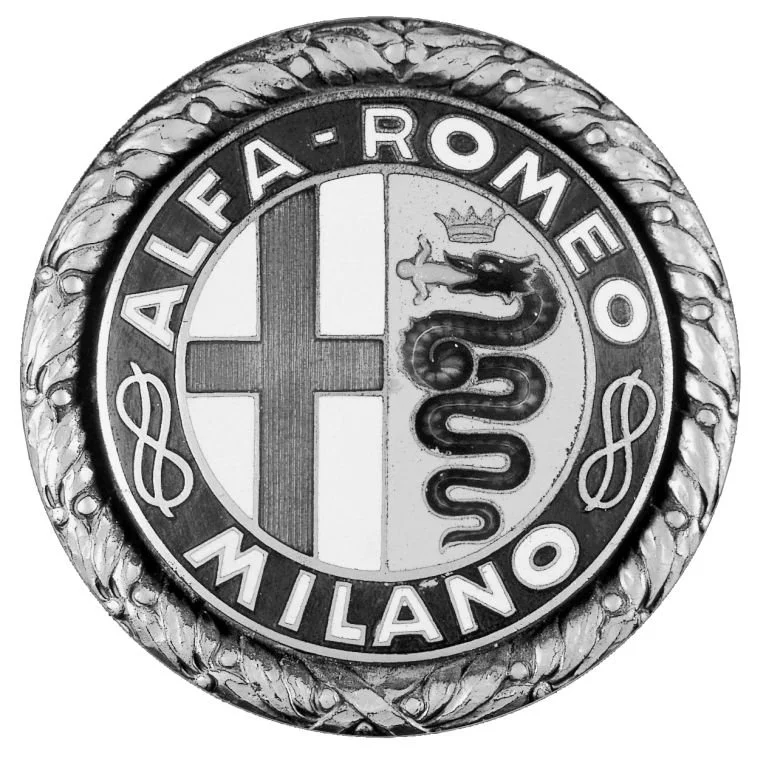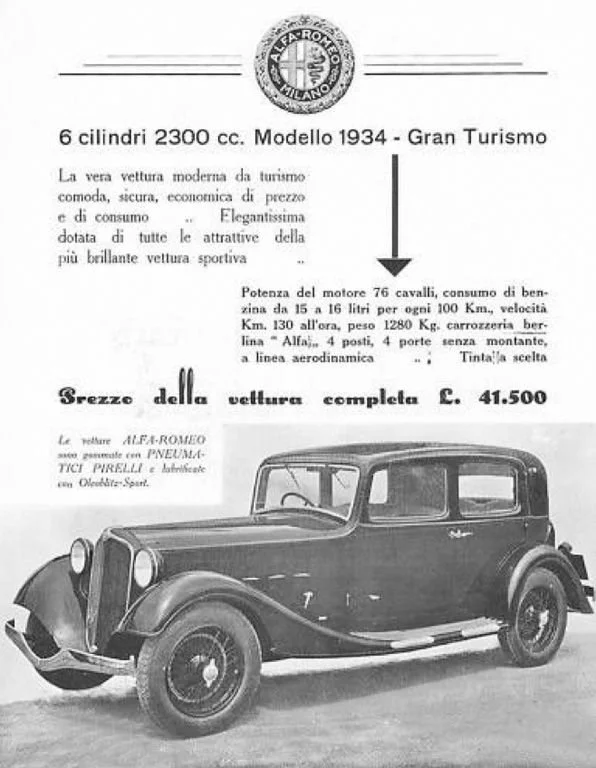-
Outside Italy Alfa Romeo cars were nicknamed “Italian snakes” due to the snake on the historic logo of this Milan company. In 1934 Alfa Romeo produced only 535 units of the 6C 2300 Gran Turismo with 4 doors. This rare car has reached us today thanks to the Italian collector Mario Righini, who cherished it until 1998, when it was bought by the Nicola Bulgari Collection.
In 1999 the mechanical parts underwent restoration work, carried out by specialist Gianni Torelli who also renovated the bodywork while the upholstery was entrusted to Fabio Massenzi in Rome.
All specifications are still the originals from the factory. The car has a right-hand drive as was often the case for these cars destined for export to markets abroad. The chassis number and engine classifies this car as #448 out of 535 produced, making it a real pearl in Italian automobile history. -
Company
Alfa RomeoWheelbase
115inInterior trim
Beige clothBrakes
front and rear drumsMake
Alfa RomeoLength
165.5inEngine
L6 - 2.309 literTires
6.00 x 18Model
6C 2300 Gran TurismoWidth
66inCarburetor
1 Solex 2-barrelOriginal Price
N/ABody style
4-door SedanWeight
2920lbsHorsepower
68hp @ 4400rpmProduction
535Model year
1934Exterior paint
BlackTransmission
manual 4-speed -
In the twenties and thirties, Alfa Romeo was building the most magnificent sporting machines, supplying not only competitive rides for the best drivers but also a steady stream of beautifully engineered and constructed cars for privateer entrants. When the company, which employed thousands of artisans, mechanics, and functionaries to build only a few cars, encountered the inevitable financial difficulties associated with building the best with little regard to profitability, it was bailed out by the state. Instead of being directed to downsize and build saleable automobiles to generate cash flow and keep those thousands employed, Italy directed Alfa to build great racing machines that would demonstrate Italy’s technology and competitiveness on Europe’s race courses. Production shrank, but the few cars that were built were the best in the world.
In a time when automobiles were exotic and often idiosyncratic creations, the products of Alfa Romeo were finely crafted works of art, elegant in conception and executed with due regard to combining function with exquisite form. Virtually every important piece was produced in-house in Alfa’s fabrication shop, pattern works, foundry, and machine shop. The product of artisans, each of whom took pride in the performance, reliability, quality, execution, and appearance of his separate creation, these Alfas also reflected the overall responsibility of revered engineer Vittorio Jano, who continually tested, evaluated, and improved their performance until they met his high and increasingly stringent standards.
Débuted at the 1925 Milan Auto Show, the 6C 1500 set new standards for lightweight, high-performance road cars. Its production was delayed for over a year by its second round of financial contretemps, during which Nicola Romeo ceded control of his industrial complex to an Italian state-owned organization, the Istituto di Liquidazione. Introduced with a single overhead camshaft, Jano had provided for a twin cam head in the original design, and it was introduced in 1928, followed by the slightly larger 1752-cubic centimetre 6C 1750 in 1929. The 6Cs were the mainstay of Alfa production during the period, being fitted with everything from lightweight spyder coachwork by Zagato and Touring to full size sedans by Castagna and Alfa’s own coachworks.
The next evolution of the 6C came in 1934 and was displayed again at the show in Milan in April of 1934. The presentation to the press was on the occasion of the 6th Coppa Milano Sanremo where the pilot Nando Minoia tested the car with alongside the journalist Italo Luraschi. Although traditional in its layout, the 6C 2300 had nearly twice the displacement of the car it succeeded, resulting in a highly competent automobile capable of providing excellent performance with multi-passenger coachwork. The 2,309-cubic centimeter engine in the 6C 2300 featured a one-piece crankcase/cylinder block and aluminum alloy cylinder head. Camshaft drive was by a combination of roller chain and gears. Designed for performance without the complication and expense of superchargers, the 6C 2300 delivered a rated 68 horsepower in turismo form.
Elegant and sophisticated, the standard saloon was produced directly by Alfa Romeo but the traditional and classic design was the result of close co-operation with Carrozzeria Castagna, which kept unchanged the prerogatives that had made it one of the most extraordinary Italian coach builders.
Production was limited to 1934 and the chassis of all Gran Turismo versions numbered from 700101 to 700635.


